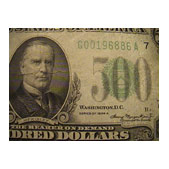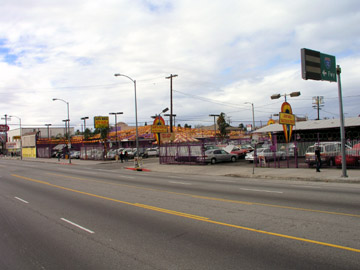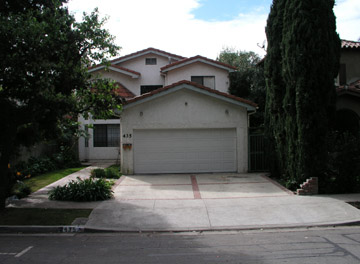Los Angeles
Alcohol is a terrible drug. It lured Jeanne French, mother and wife, out to gin halls, where, in the words of her sobbing son David Y. Wrather, “She made friends easy, awful easy. She went out alone sometimes. She’s gone now, and I’m sure she would want me to say the right thing. She made a lot of her own trouble. Her husband tolerated a lot from her. He was a tolerant man, a very tolerant man.”
After the inquest, officials exonerated Jeanne’s husband Frank F. French of any suspicion in her beating murder, leaving police to continue their search for the nameless, dark-haired man seen with the woman at a drive-in at 3992 Sepulveda Boulevard around 2am Monday. French’s body was found on a hillside early the next morning, and the presumption is that her date was likely her killer.







